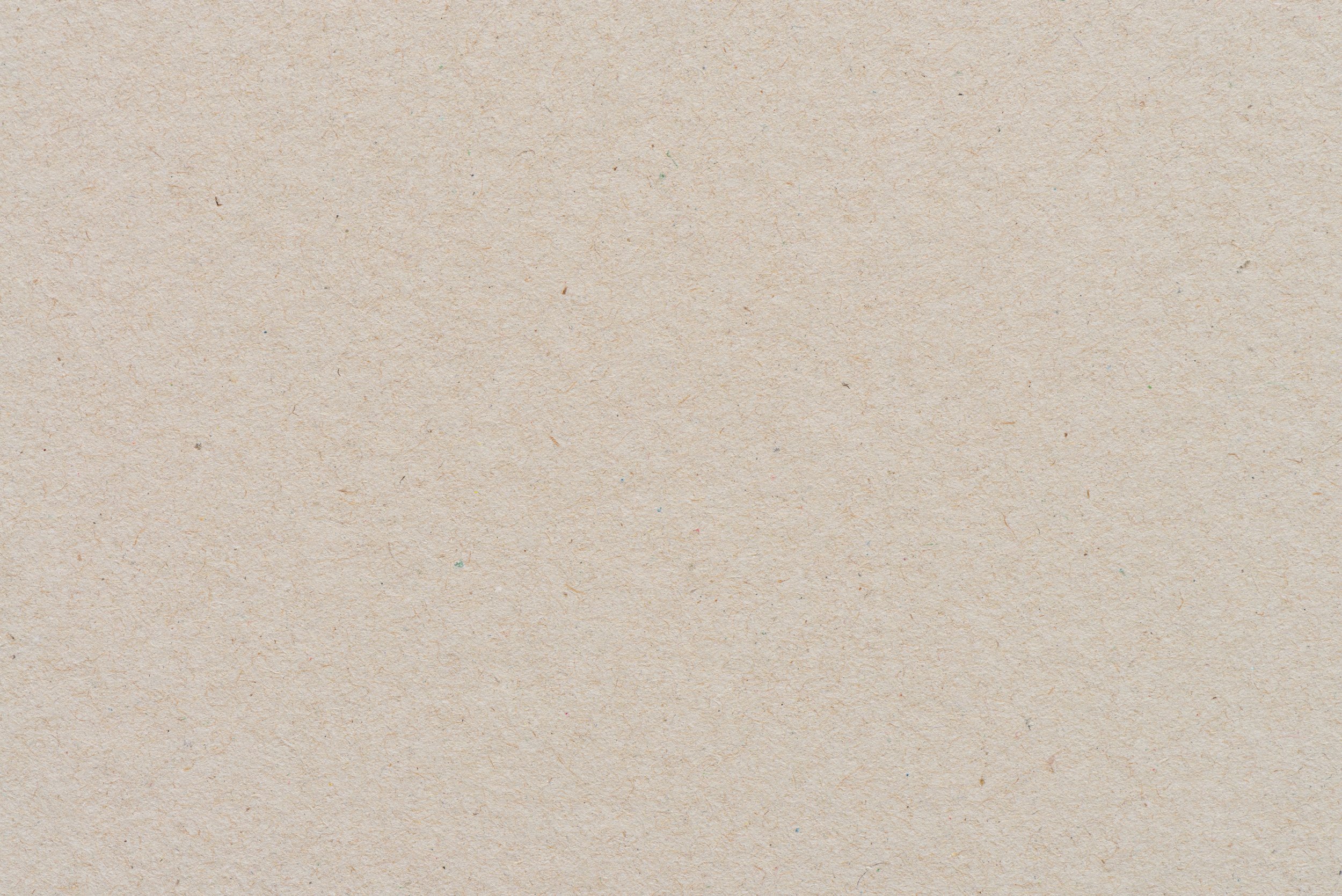
Where do bees live?
LESSON 3
Children learn about beehives and make their own hive using popcorn kernels and noodles.
The book “Beehive,” by Jorey Hurley
If you don’t want to purchase the book, click here for a youtube read aloud.
Popcorn kernels
Rigatoni noodles
Bowl for activity
Edible honeycomb, and/or a beehive (optional)
Pattern blocks (optional but highly recommend, they are an amazing open-ended toy)
Materials
Gather materials for activity
Read the story “Beehive,” beforehand
Preparations
Promote curiosity and interest in beehives
Support new vocabulary words and their meaning
Model how to utilize illustrations to help understand the story
Facilitate a safe and positive learning environment
Foster communication skills by encouraging child to discuss their experience
Provide opportunities for children to ask questions
Objectives for Teachers
Children will practice identifying and describing the word on each page of the story
Children will utilize illustrations to help them understand the story
Children will practice fine motor skills while building a beehive
Children will express their creativity while building a beehive
Children will practice using their senses while exploring beehives and honeycomb
Children will explore the hexagon shape
Objectives for Children

Collect and Connect
Read a story of your child's choice together.
Practice “Here is the beehive,” song for the fingerplay this week with the actions you came up with together.
Here is the beehive
Here is the beehive.
But where are all the bees?
Hiding away where nobody sees.
Here they come flying out of their hive.
One, two, three, four, five!
Here is the beehive.
But where are all the bees?
Hiding away where nobody sees.
Here they come flying out of their hive.
One, two, three, four, five!
Buzz up high. Buzz down low.
Buzzing fast. Buzzing slow.
Buzz to the left. Buzz to the right.
Buzz all day but sleep at night.
Here is the beehive.
But where are all the bees?
Hiding away where nobody sees.
Here they come flying out of their hive.
One, two, three, four, five!

Activity Flow
Begin by reflecting on your bee hunt activity.
Do you remember how many bees we found on our bee hunt?
Where did we find the bees?
After the bees collect nectar and pollen, where do they go?
2. Sample script for read aloud:
“Today we are going to read a story about where bees go after they collect their nectar and honey from flowers. The story is called, “Beehive.” Do you know what a beehive is? This is a special book where there is only one word on each page, and pictures. The word and pictures are clues to help us understand what is happening in the story. Let’s read the story together and see what we can learn about beehives.”
3. Read the story together. Take time on each page to talk about what the word is, what it means, and how it relates to the pictures and honeybees. Remember to involve your child in this process and let them share what they notice in the pictures and if they know what the word means.
4. If you have edible honeycomb, and/or a beehive, take time to investigate these items together after reading the story. Look for cells, and try a taste of your edible honeycomb.
5. After the story, gather your bowl, popcorn kernels, rigatoni noodles, and pattern blocks if you have them. Tell your child that you are going to pretend to be bees, and make a beehive today. Making a beehive is a lot like putting a puzzle together. If you have the pattern blocks you can practice fitting the hexagon pieces together to make a beehive. Count how many sides the hexagon has, and tell them the name of the shape.
6. Present the popcorn kernels, noodles, and bowl to your child and tell them you will be making a beehive.
Option 1: work together to fill your bowls with popcorn kernels. Show them how you place each noodle into the popcorn kernels next to each other like a puzzle piece. After they understand what to do, enjoy making your beehives together. When you are all finished, remember to save them, we will be using them during the next couple lessons.
Option 2: Allow your child to use the materials to create a beehive without modeling it to them first. See what they come up with on their own. They may ask for additional supplies, and make it a different way. Allow them to express their creativity, and remember to save the beehive, we will be using it in the next couple lessons.



